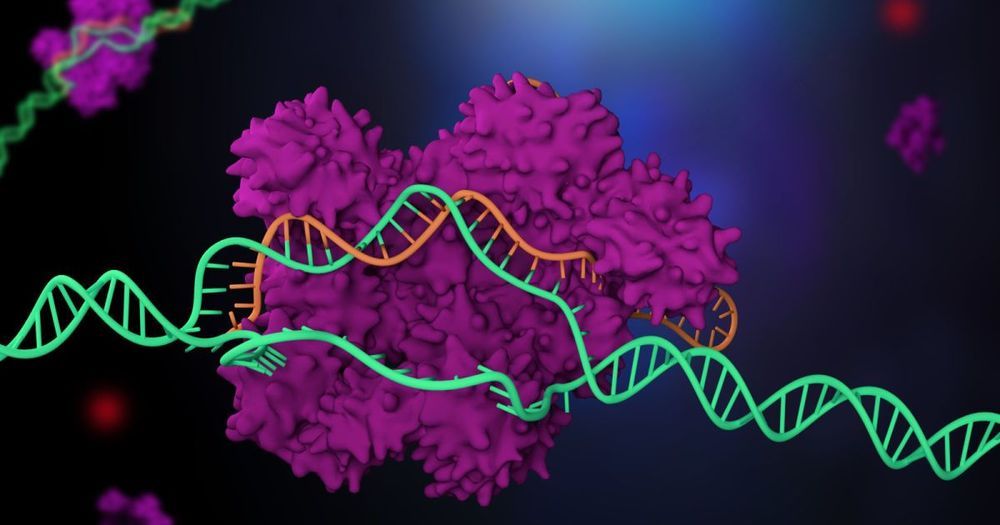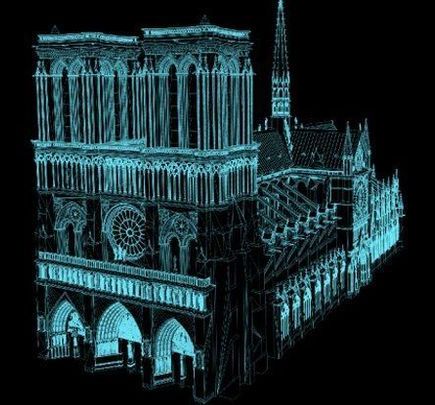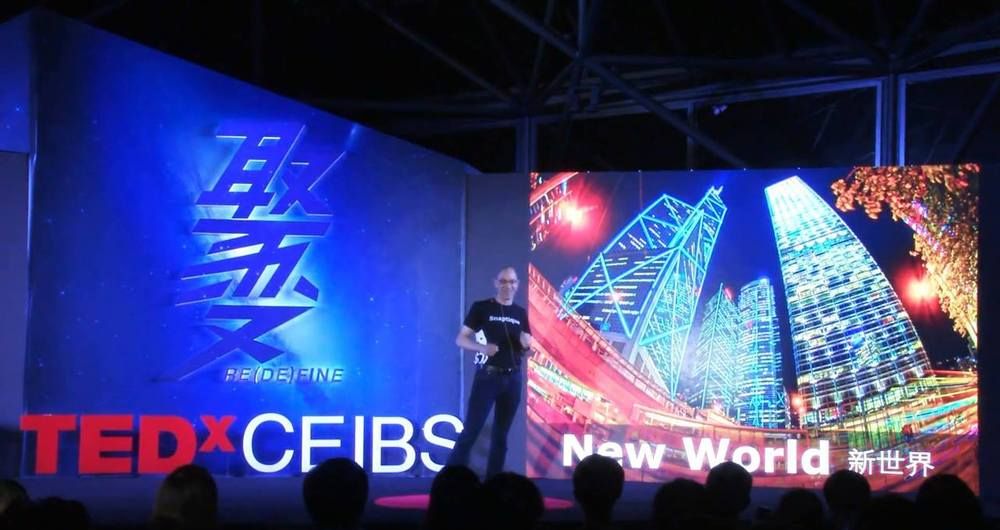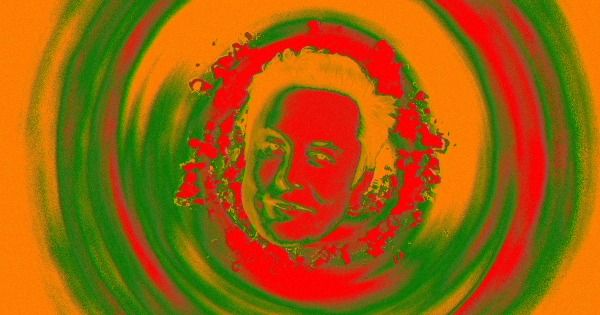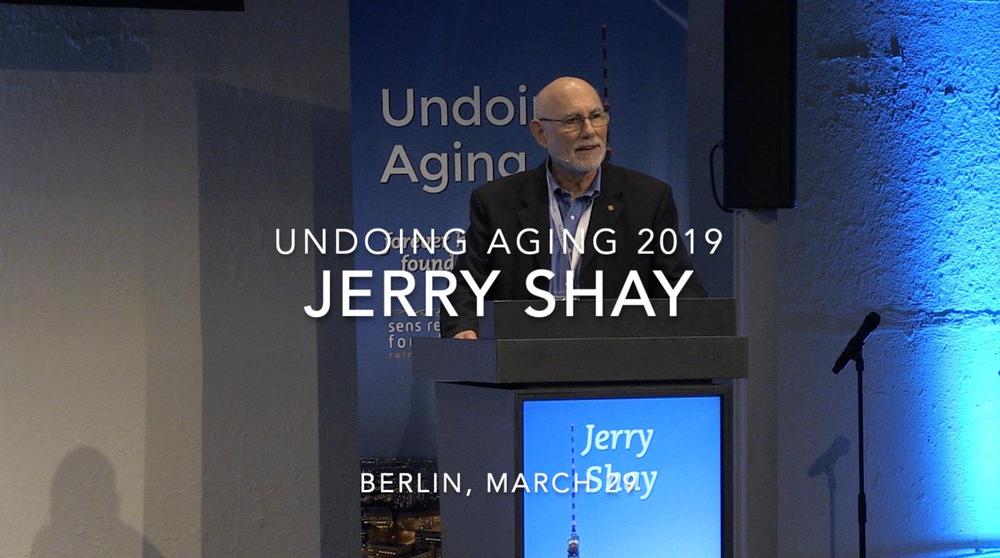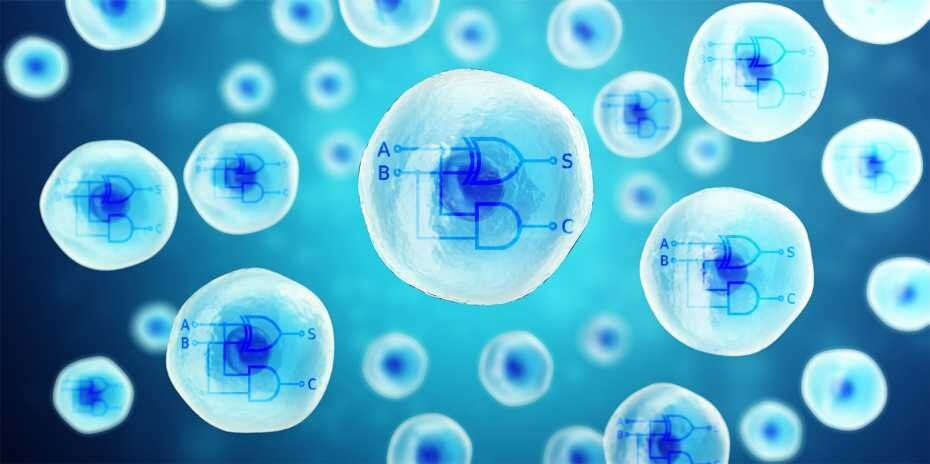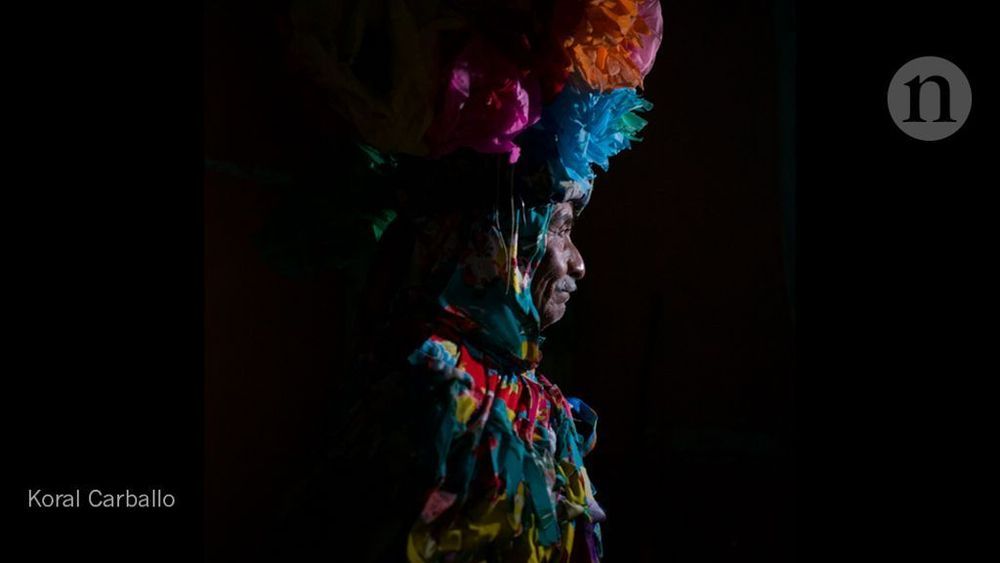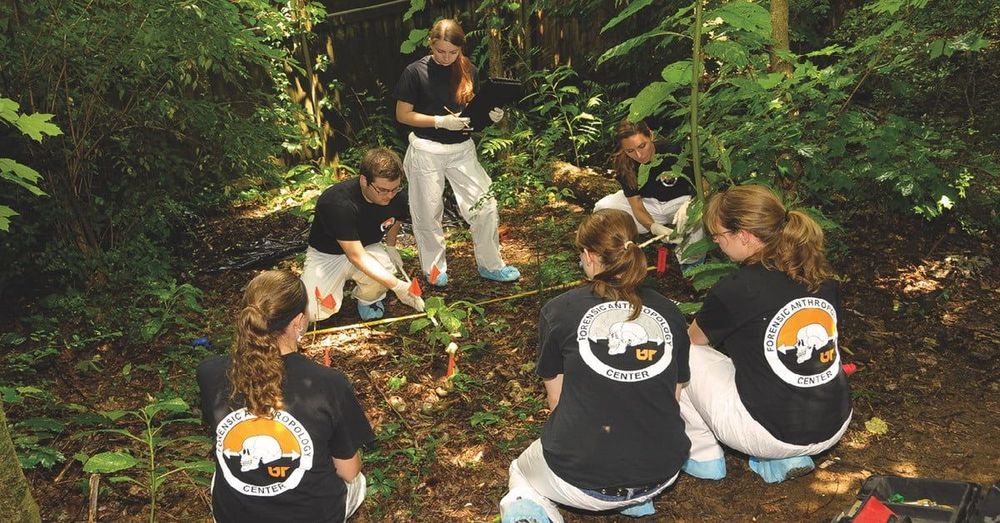A medical trial in the US has used CRISPR gene editing to treat humans.
The world watched in horror Monday night while flames tore through the Notre Dame Cathedral in Paris. As fire consumed the roof and toppled its iconic central spire, it seemed as though the historic church could be lost forever — but it’s possible, thanks to cutting-edge imagining technology, that all hope may not be lost.
Thanks to the meticulous work of Vassar College’s art historian Andrew Tallon, every exquisite detail and mysterious clue to the building’s 13th-century construction was recorded in a digital archive in 2015 using laser imaging.
These records have revolutionized our understanding of how the spectacular building was built — and could provide a template for how Paris could rebuild.
“The singularity for this level of the simulation is coming soon,” Musk replied to a tweet by the official Twitter account of the television show Rick and Morty in 2017. “I wonder what the levels above us look like.”
READ MORE: Elon Musk Reveals the One Question He Would Ask a Human-Level A.I. [Inverse]
More on the simulation hypothesis: MIT Prof: It’s More Likely We’re Living in a Simulation Than Not.
“Julie has been associated with SENS since its earliest days: she participated in the first workshop that I organised to discuss it, in 2000, and she was a co-author on the first SENS paper in 2002. We’re delighted to be funding her laboratory at the Buck Institute to explore new ways of eliminating neurofibrillary tangles from neurons of Alzheimer’s sufferers, and at UA2019 we will hear about their initial progress.” says Aubrey de Grey.
https://www.undoing-aging.org/news/dr-julie-k-andersen-to-sp…Qq6fZbArkM #
Videos will be released step by step over the next few weeks as we receive clearance from the individual speakers.
This week we kick it off with Jerry Shay, who is the Vice Chairman of the Department of Cell Biology at The University of Texas Southwestern Medical Center in Dallas, presenting ‘Telomeres and Telomerase in Aging and Cancer‘.
undoing-aging.org/…/jerry-shay-presenting-at-undoing-aging-…
More info on Forever Healthy: forever-healthy.org
ETH researchers have integrated two CRISPR-Cas9-based core processors into human cells. This represents a huge step towards creating powerful biocomputers.
Controlling gene expression through gene switches based on a model borrowed from the digital world has long been one of the primary objectives of synthetic biology. The digital technique uses what are known as logic gates to process input signals, creating circuits where, for example, output signal C is produced only when input signals A and B are simultaneously present.
To date, biotechnologists had attempted to build such digital circuits with the help of protein gene switches in cells. However, these had some serious disadvantages: they were not very flexible, could accept only simple programming, and were capable of processing just one input at a time, such as a specific metabolic molecule. More complex computational processes in cells are thus possible only under certain conditions, are unreliable, and frequently fail.
There have been a number of efforts to increase genome diversity. In 2010, the US National Institutes of Health (NIH) and the Wellcome Trust in London launched the Human Heredity and Health in Africa (H3Africa) initiative, which supports Africa-led genome research. And last year, the NIH started enrolment for the All of Us research programme, which plans to collect DNA and health data from hundreds of thousands of people of varying ethnicities in the United States.
Researchers from under-represented groups are making genomics more inclusive by working with communities that have been overlooked or abused.
Lidar, the radar-style detection system which works by bouncing laser light, is most commonly associated with self-driving cars. However, it may have another useful, albeit morbid, application: Helping find bodies which have been buried in unmarked graves.
Sound like something out of an episode of CSI? In fact, it’s a new piece of research coming out of Tennessee’s Oak Ridge National Laboratory, where scientists have been investigating how lidar could be used a forensics tool to find missing murder victims — potentially even from an aircraft.
“Missing persons investigations pose a significant societal challenge, as well as a time-sensitive technological challenge,” Dr. Katie Corcoran, one of the researchers on the project, told Digital Trends. “Of the millions of missing persons worldwide who are unaccounted for, some are thought to be deceased and buried in unmarked graves. A gravesite can go unnoticed because of natural processes, where the site becomes covered with grass or leaves, for instance. Or the site could have been deliberately masked by a perpetrator trying to hide the body. In either case, the longer the gravesite goes unnoticed, the more difficult it is to locate.”
A physics-based, “atavistic” model posits that cancer is a “safe mode” for stressed cells and suggests that oxygen and immunotherapy are the best ways to beat the disease.
- By Zeeya Merali on October 2, 2014
